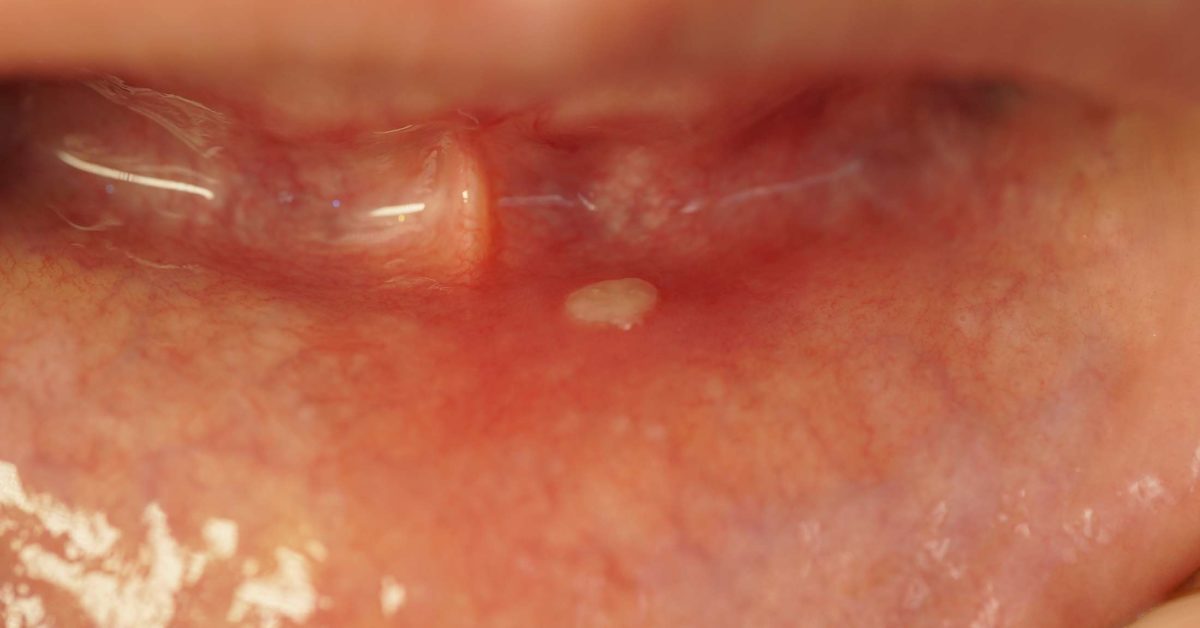Cracking the Canker Code: Diving into the White Depths of Oral Sores
Discover the cause behind the white stuff in a canker sore, its role in the healing process, and expert tips for relief and prevention.

When it comes to oral health, canker sores are a common and often painful nuisance that can affect people of all ages. These small, shallow ulcers typically appear in the soft tissues of the mouth, such as the inside of the cheeks, lips, tongue, and the base of the gums. While canker sores are generally harmless and resolve on their own within a week or two, they can cause discomfort and make eating or talking difficult. One of the key features that distinguish canker sores is the white or yellowish substance that can be seen in the center of the sore. So, what exactly is this white stuff, and what purpose does it serve?
The white or yellowish substance seen in the middle of a canker sore is essentially a combination of inflammatory cells, cellular debris, and proteins that form as a result of the body's natural healing process. When a canker sore forms, the body's immune system responds to the injury in the oral tissue by triggering an inflammatory response. This response involves the release of various chemicals, such as histamine and bradykinin, which cause the surrounding blood vessels to dilate and become more permeable. As a result, white blood cells, fluid, and other substances accumulate at the site of the sore to help fight off any potential infection and promote healing.
Among the white blood cells involved in the immune response to a canker sore, neutrophils are particularly abundant. Neutrophils are essential for preventing infection and promoting tissue repair, but they also release enzymes that can contribute to tissue damage and inflammation. As these cells work to combat potential infections and remove damaged tissue, they eventually become spent and die. The accumulation of dead neutrophils, along with other cellular debris, forms what is known as pus. This pus is the white or yellowish substance that is often visible within the center of a canker sore.
In addition to the inflammatory cells and debris, the white substance in a canker sore also contains fibrin, a protein that plays a crucial role in the formation of blood clots. As part of the healing process, the body produces a clot at the site of the sore to help protect and seal the injured tissue. Fibrin is a key component of this clot, forming a mesh-like structure that traps platelets, red blood cells, and other substances. The presence of fibrin in the white substance of a canker sore not only contributes to its appearance but also signifies the ongoing process of healing and tissue repair.
While the presence of the white stuff in a canker sore may be visually unappealing, it is essential to remember that it is a natural part of the body's healing process. Maintaining proper oral hygiene, avoiding spicy or acidic foods, and using over-the-counter pain relievers or topical treatments can help alleviate the discomfort associated with canker sores and potentially speed up the healing process. However, if you experience frequent canker sores, recurrent sores that do not heal within two weeks, or sores accompanied by severe pain or other worrisome symptoms, it is essential to consult a healthcare professional to rule out any underlying issues or potential complications.



